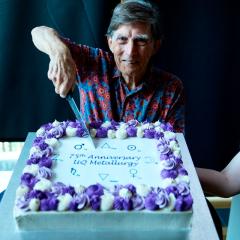This article was written by Timothy O'Rourke and Daphne Nash from The University of Queensland for The Conversation.
Last year, New South Wales health minister Brad Hazzard proposed segregated Indigenous waiting areas in the emergency departments of the state’s public hospitals.
The novel policy suggested a link between Indigenous participation in health care and the design of health-care spaces.
One response called the proposal “absurd” and “apartheid”. It questioned whether racially segregated rooms were the answer to Indigenous patients leaving the emergency department without receiving care.
What was the evidence that redesigning waiting rooms would benefit Indigenous patients and their carers?
How we use evidence to design better hospitals
Evidence-based design aims to use research and evidence to improve hospital architecture for patients, carers and staff.
Studying physical environments that reduce patient stress, for example, is one area that has led to design changes in waiting areas, in-patient rooms, and wayfinding (how people navigate through a building).
It has also led to increasing integration of landscaping in health-care facilities and an interest in the benefits of therapeutic gardens.
But this research has largely ignored Indigenous people, despite the persistent health gap and the fact that cross-cultural design principles are being used for other buildings such as housing and prisons.



